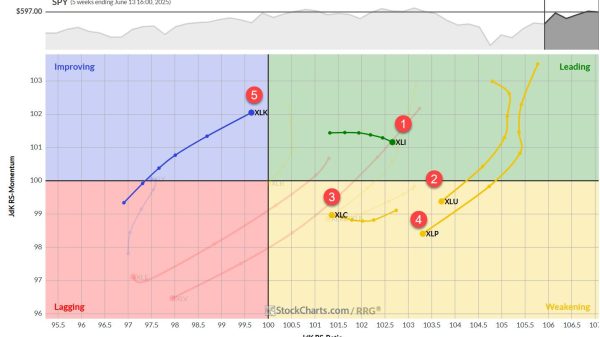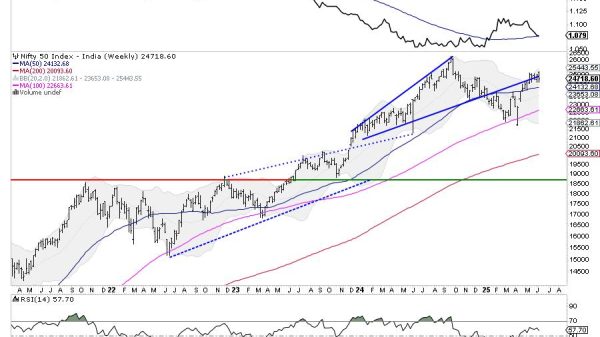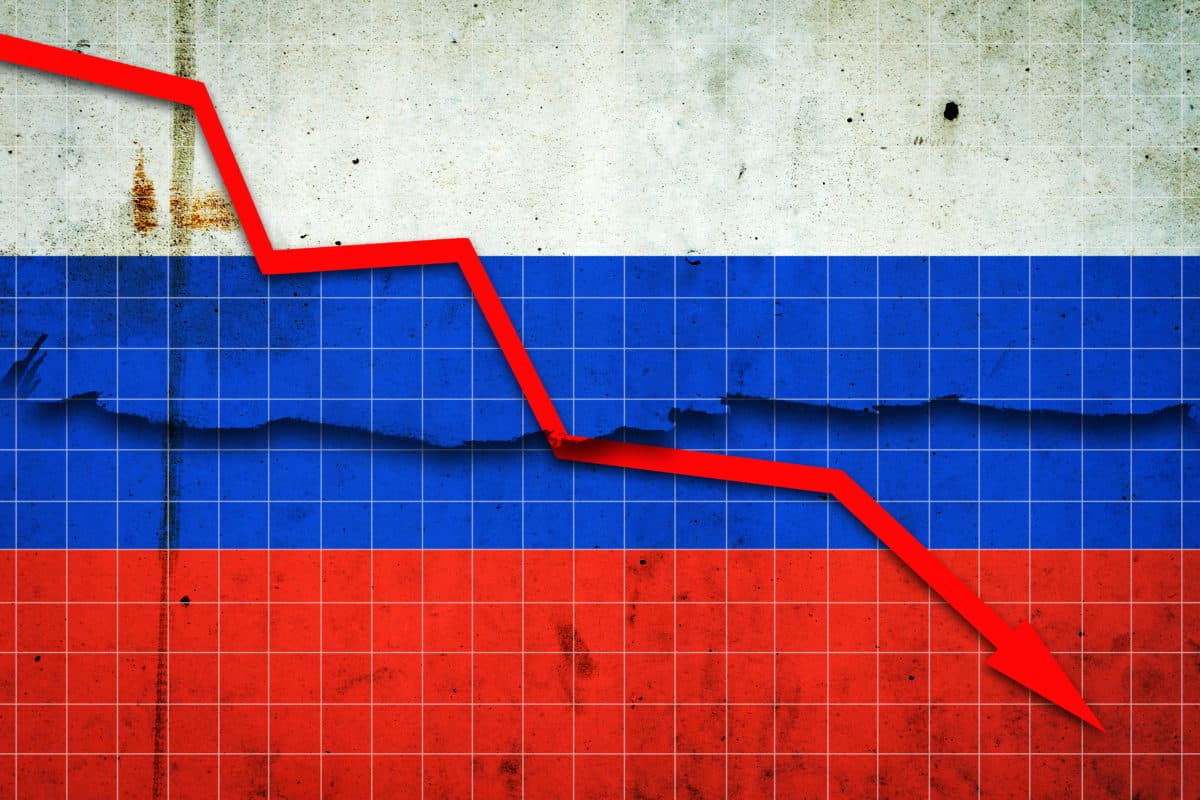Ruble Continues to Weaken, Negative Scenarios Loom
The Russian ruble has been under significant pressure in recent months, due to a number of factors, including the war in Ukraine, Western sanctions, and falling oil prices. As a result, the ruble has lost over half of its value against the US dollar since the start of the year.
There are a number of reasons to believe that the ruble could continue to weaken in the near future. First, the war in Ukraine is not over, and there is no sign that it will end soon. This means that Western sanctions will remain in place, which will continue to weigh on the Russian economy.
Second, falling oil prices are also putting pressure on the ruble. Russia is a major oil exporter, and falling oil prices mean that the Russian government is receiving less revenue from oil exports. This is reducing the government’s ability to prop up the ruble.
Third, the Russian central bank has limited its ability to intervene in the foreign exchange market. In the past, the central bank has been able to use its foreign exchange reserves to buy rubles and prop up the currency. However, the central bank’s foreign exchange reserves have been depleted by the war in Ukraine.
As a result of these factors, it is likely that the ruble will continue to weaken in the near future. The following are some predictions for the USD/RUB exchange rate in the coming months:
1 month: 93.0 3 months: 95.0 6 months: 98.0 12 months: 100.0These are just predictions, and the actual future value of the USDRUB rate is uncertain. However, the current trend suggests that the ruble is likely to continue to weaken in the near future.
A negative scenario for the ruble would be if the war in Ukraine drags on for an extended period of time, or if Western sanctions are further tightened. In this case, the ruble could lose even more value, and it could become difficult for Russians to buy imported goods and services. This could lead to a recession in the Russian economy, and it could have a negative impact on the global economy.
The following are some of the negative consequences of a weak ruble:
Increased inflation: A weak ruble makes it more expensive for Russians to import goods and services, which can lead to increased inflation. Reduced economic growth: A weak ruble can also make it difficult for Russian businesses to compete in international markets, which can lead to reduced economic growth. Increased poverty: A weak ruble can also lead to increased poverty, as people’s purchasing power declines.The negative consequences of a weak ruble are not just limited to Russia. A weak ruble can also have a negative impact on the global economy, as it can lead to increased volatility in financial markets and a slowdown in global trade.
The future of the ruble is uncertain, but the current trend suggests that the ruble is likely to continue to weaken in the near future. This could have negative consequences for the Russian economy and the global economy.
The post Ruble Continues to Weaken, Negative Scenarios Loom appeared first on FinanceBrokerage.
























